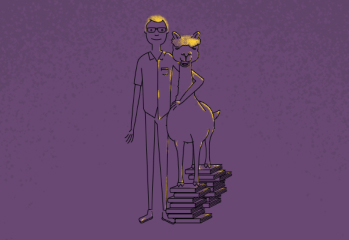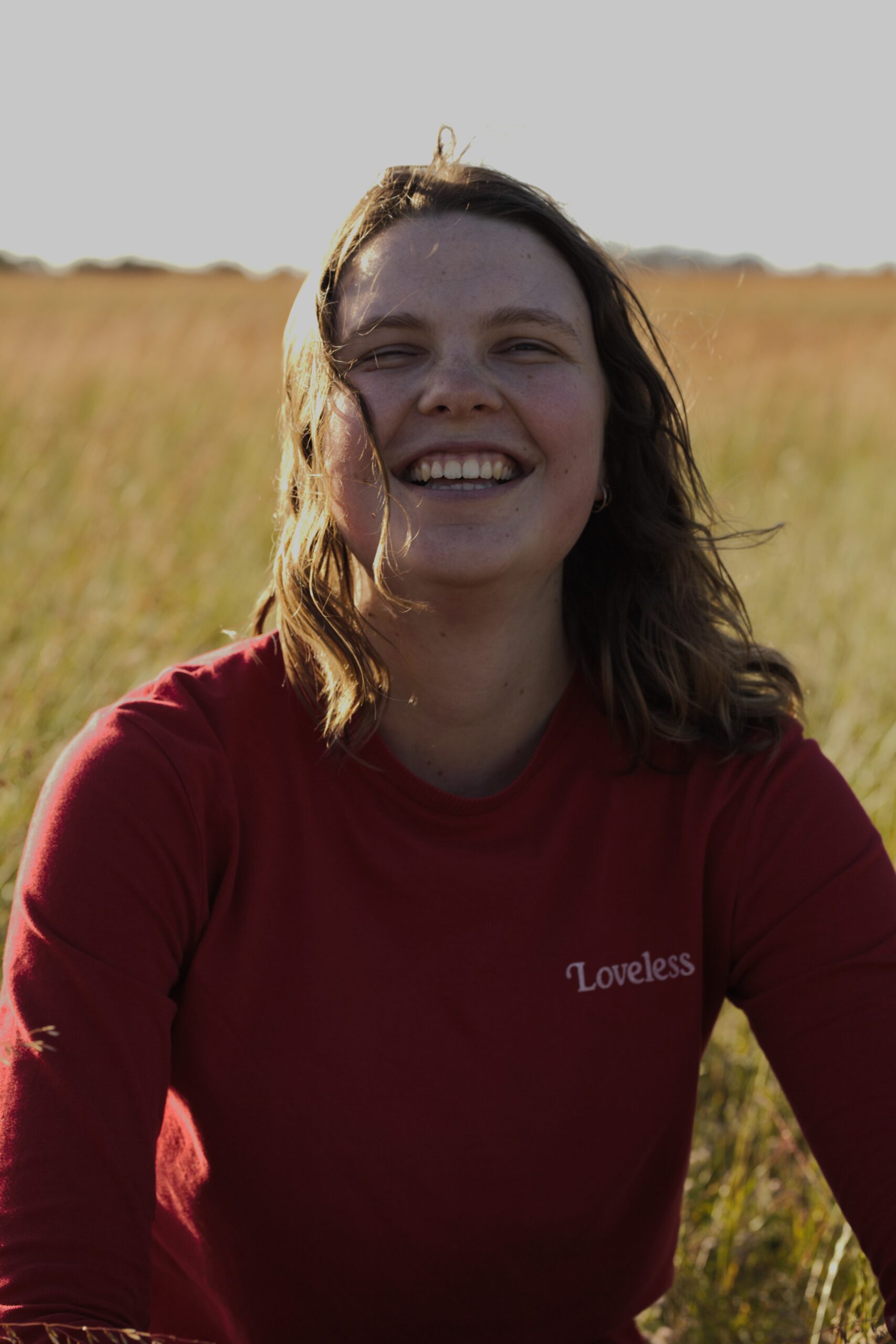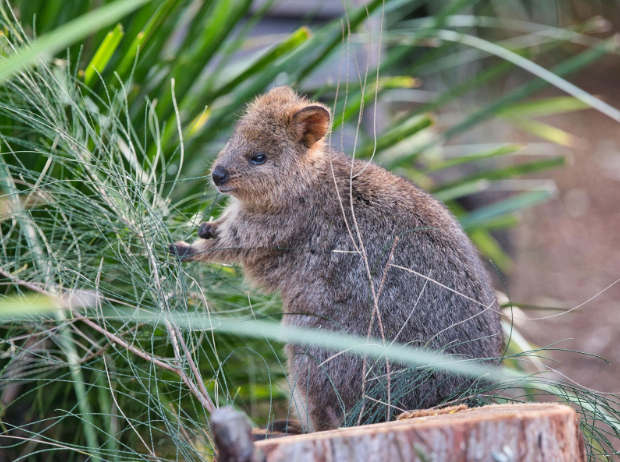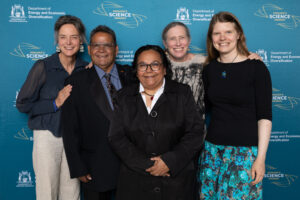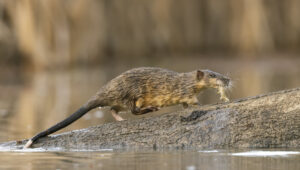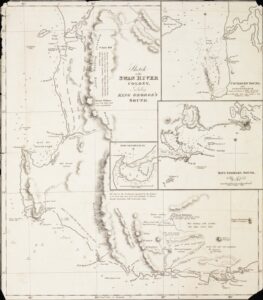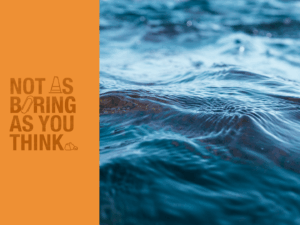Famous for their selfie game, quokkas have fans all over the globe including Roger Federer and Margot Robbie.
They may have less to smile about than you assume.
Listed as vulnerable by the Australian government, these beloved marsupials face ongoing threats including climate change and deforestation.
So how are their populations faring and what can we do to help them?
NOT JUST ISLANDERS
Quokkas were widespread throughout WA’s southwest before European settlement.
The introduction of foxes and feral cats, and land clearing, decimated their numbers.
Caption: Feral cats and other invasive species (among other threats) are responsible for the demise of the quokka.
Credit: topysnette via Flickr
As well as the famous Rottnest Island population, quokkas live on Bald Island off the coast of Albany.
They’re also found in two state parks on the mainland. Known as the Northern and Southern Jarrah Forest populations, these groups are the most vulnerable to extinction.
IT’S COMPLICATED
Unlike other at-risk animals, quokkas have little trouble with breeding.
Although they don’t mate consistently with one partner – preferring to keep things casual – female quokkas can birth one joey a year.
When the joey is born – usually between March and April – it makes its way into its mother’s pouch, where it continues to grow for about six months.
We see them begin to venture out into the world around September.
The number of joeys born each year and how many survive to adolescence, largely depends on the resources available to Mumma Quokka. If she isn’t eating enough, the pregnancy is less viable.
Quokkas take a more casual approach to motherhood too. If a mother quokka is short on nutrients, her baby’s supply is reduced first.
Caption: A quokka and its baby.
Credit: Photo by Christine Mendoza on Unsplash
This means it’s critical for quokkas to live in resource-rich environments.
Climate change and deforestation threaten the amount of food available to quokka populations.
FUTURE PLANNING
It’s not all doom and gloom for the quokka.
The WA Department of Biodiversity, Conservation, and Attractions (DBCA) has a Quokka Recovery Plan.
This plan aims to maintain the quokkas’ distribution and numbers over a 10-year period.
Although the most recent plan expired in 2023, it remains in place for an additional five years.
An updated plan is expected to be finalised and released to the public in the next four years.
CONSERVATION
Nicole Willers is a DBCA ecologist and Project Officer.
Quokka conservation includes research on the threats they face, education, and monitoring key populations, she says.
Monitoring quokkas in their natural habitat assesses their response to environmental changes. It determines which changes have impacted their population growth.
For example, recording how a population changes after fox baiting or a bushfire can pinpoint the most pressing challenges.
In the past decade, the most noticeable change has been the increased impact of climate change, Nicole says.
PLANT-EATERS
As herbivores, quokkas rely on plants for food.
Resources will be harder to come by as the climate becomes warmer and drier.
Caption: A classic quokka smile.
Credit: Sergey Guk
Nicole says smaller areas of forest means smaller quokka populations.
“We’re seeing contraction in the actual vegetation through those riparian areas,” says Nicole.
“That’s going to have a strong effect on the numbers of animals that can be supported in those areas.”
CUTE GENES!
One of the biggest challenges of maintaining quokka numbers is that they can’t survive in open forest. They need specific habitat, unlike kangaroos which are more adaptable.
The three separate quokka populations have genetic differences. This is due to the different environments and challenges in their unique habitats over time.
“It does highlight as well the need to preserve the habitat,” says Nicole.
“You want to actually preserve those genetics. […There’s a] need to conserve them and manage them well, where they occur.”
